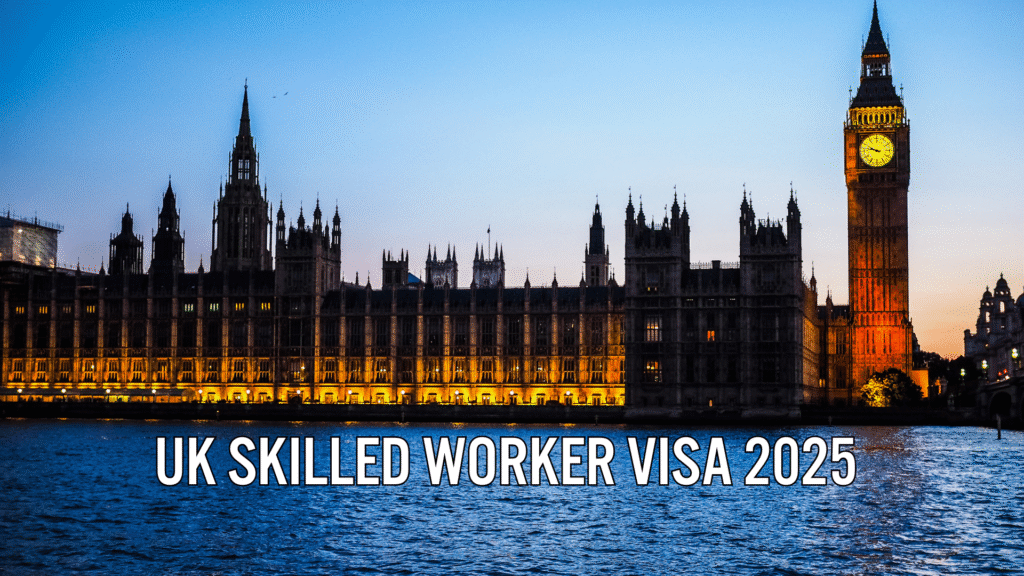The upcoming Europe ETIAS fee hike will significantly increase costs for travellers under visa‑exempt regimes. This change affects millions of visitors from countries such as the US, UK, Canada, and certain Indian citizens with resident visas. Beginning in late 2026, the current €7 charge will rise to €20—a nearly threefold increase that redefines the cost of travel across the Schengen Zone.

What Is ETIAS and Why the Fee Is Increasing
The ETIAS fee hike refers to the increase in cost associated with the European Travel Information and Authorization System (ETIAS). ETIAS is an electronic travel authorization system designed for short‑term stays in Schengen countries by visa‑exempt travellers. The goal behind the ETIAS fee hike includes aligning fees with global counterparts such as U.S. ESTA and U.K. ETA, funding maintenance and security infrastructure, and enhancing database connectivity with agencies like Europol and Interpol. This long‑anticipated fee rise is part of a broader digital transformation.
Fee Hike Timeline and Who Is Affected
Starting late 2026, the ETIAS application fee increases from €7 to €20 per person.
Tourism‑exempt travellers, including citizens of the U.S., UK, Canada, Japan, and Indian nationals who live abroad on long‑term visas, will be required to pay.
Children under 18, adults over 70, and eligible family members of EU citizens are exempt from the fee.
ETIAS Application Process for Travel Visa-Exempt Tourists
This ETIAS application process remains streamlined: fill out an online form, pay the fee, and receive authorization—often within minutes. If flagged for additional screening, approval may take up to 30 days. Once granted, ETIAS remains valid for three years or until passport expiry, and allows multiple stays of up to 90 days within any rolling 180‑day period.
Travel Costs to Europe Will Rise
With the ETIAS fee rise, the cost of travel to Europe is increasing across multiple dimensions:
- A family of four will now pay €80 instead of €28—almost tripling eligibility costs.
- Indian nationals holding long‑term residency in visa‑exempt countries previously benefited from minimal authorization costs. With this fee rise, each journey now carries an added expense.
- Frequent travellers and businesses travelling repeatedly will feel the cumulative impact of the higher ETIAS fee.
Why the ETIAS Fee Is Justified (Security and Global Standards)
EU officials emphasize the fee change is not arbitrary—it supports digital border transformation, ensures better security coordination, and brings ETIAS in line with global norms. The ETIAS fee hike funds technology updates, interface improvements with law enforcement databases, and ensures more thorough pre‑travel vetting of applicants.
Budgeting Tips for ETIAS Travel in 2026+
Here are effective ways to manage your travel budget amid the ETIAS fee hike:
- Apply early—avoid last-minute surcharges or rush charges.
- Group travelers together—family members or work groups apply simultaneously for consistency.
- Ensure passport validity—ETIAS remains valid for three years, so having a long passport expiry maximizes value.
- Plan multi-leg itineraries—traveling across multiple Schengen countries spreads out the authorization cost across experiences.
- Monitor local exchange rates, especially for travelers budgeting in currencies like INR, GBP or CAD.
Who Is Exempt from the ETIAS Charge?
Children under 18 and adults aged 70 or older
Family members of EU citizens (under certain conditions)
Non-EU nationals with legal freedom of movement under EU treaties
If you fall in any exemption category, you won’t need to pay the ETIAS fee—even after the fee rise.
Why Indian Citizens Should Prepare for Increased ETIAS Fees
Indian passport holders residing abroad—such as in the U.S., UK, or Canada—have traditionally benefited from minimal entry costs using long‑term resident visas. The ETIAS fee hike means all eligible travellers must now pay the full fee, which is a major shift.
Extended Impact on Indian Travelers and EU Trip Planning
This change especially affects Indian professionals on long‑term visas, students abroad, and families traveling together. Even those with remote working arrangements or frequent EU business trips will need to include €20 per person in their travel budget starting in 2026.
When the Fee Will Come Into Effect
The European Commission’s proposal is expected to be finalized by late 2026. Once adopted, there is a two‑month review window by the European Parliament and Council. Unless objected to, the new fee becomes binding.
Summary and Key Takeaway
The ETIAS fee hike increases authorization costs from €7 to €20 per traveler.
Millions of visa‑exempt travelers, including Indian citizens living abroad, will now incur higher pre‑travel fees.
Despite this, the application process remains largely unchanged and remains quick and digital.
Budgeting ahead and applying strategically can help minimize the impact.
Final Thoughts
While the upcoming ETIAS fee hike may raise the upfront cost of travel to Europe, it brings stronger digital infrastructure, improved border security, and compliance with global travel standards. As long as travelers plan ahead, budget carefully, and remain informed, European trips will still remain both accessible and fulfilling—even with slightly higher costs.
Need info on European immigration and visas? Click here.
























